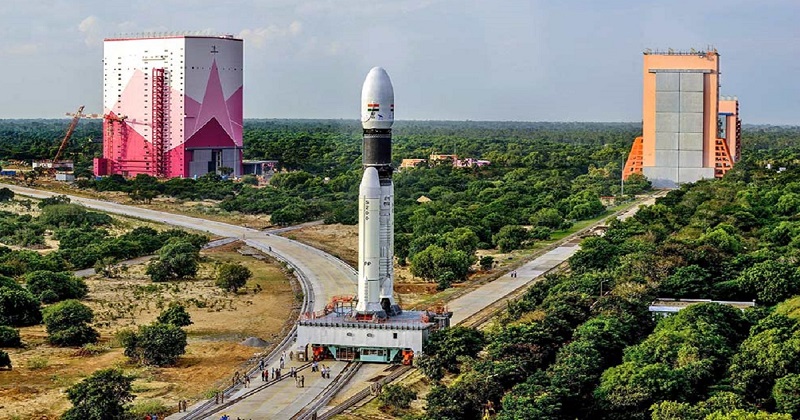
Nearly 83% of the land has been acquired for the construction of India’s second spaceport in Kulasekarapattinam, which is located in the southern Indian state of Tamil Nadu. Dr Jitendra Singh, who serves as Minister of State for Science and Technology, revealed that the process of acquiring land for the project was underway via the Government of Tamil Nadu.
‘The existing manpower is planned to be re-deployed initially to oversee the establishment of the essential facilities at the spaceport as well as to carry out the critical launch-related activities,’ the Minister said. He also stated that as the second spaceport nears completion, the manpower needed for facility operation and maintenance will be assessed. According to estimates, the second spaceport will be ready for launches by 2024 or 2025.
India currently operates one spaceport with two launch pads in Sriharikota, Andhra Pradesh. Situated on the East Coast and at a position nearer to the equator, rockets launched from here are aided by the additional velocity of Earth’s West-East rotation. This effect mainly benefits launches into equatorial orbits (orbits above the earth’s equator).

Why is a new spaceport required in India?
While Sriharikota is ideal for launching larger rockets, launching smaller rockets—such as ISRO’s upcoming Small Satellite Launch Vehicle, which is designed to launch 500kg satellites—poses a significant challenge. When rockets are launched into polar orbit, Sriharikota poses a problem (circling the Earth above the poles). A rocket travelling from Sriharikota to the South Pole would have to overfly the island nation of Sri Lanka. Given the significant risk of overflying a country, India’s rockets are programmed to avoid the Lankan landmass. As a result, instead of flying straight ahead, the rocket takes a curved path and turns.
The rocket would have to burn a reasonable amount of fuel in order to perform this manoeuvre. While larger rockets can perform this manoeuvre with little impact on payload carrying capacity, smaller rockets like the SSLV would lose a lot of fuel doing so. The loss of fuel for the turn would reduce the rocket’s payload carrying capacity. As a result, India had been looking for a location from which the smaller rockets could be launched in a straight line without the risk of overflying Lanka.
Kulasekarapattinam is a district in Tamil Nadu’s southern region. Smaller rockets like SSLV (which is expected to make its maiden flight in August 2022) and rockets built by Indian start-ups can save fuel and fly a straight approach to the pole when launched from here. Given that smaller rockets are easier to build, assemble, and launch in less time than larger counterparts, India needs a dedicated spaceport for such smaller rockets. Notably, smaller rockets are appealing to both foreign and domestic customers looking to launch small satellites at a low cost.

Post Your Comments